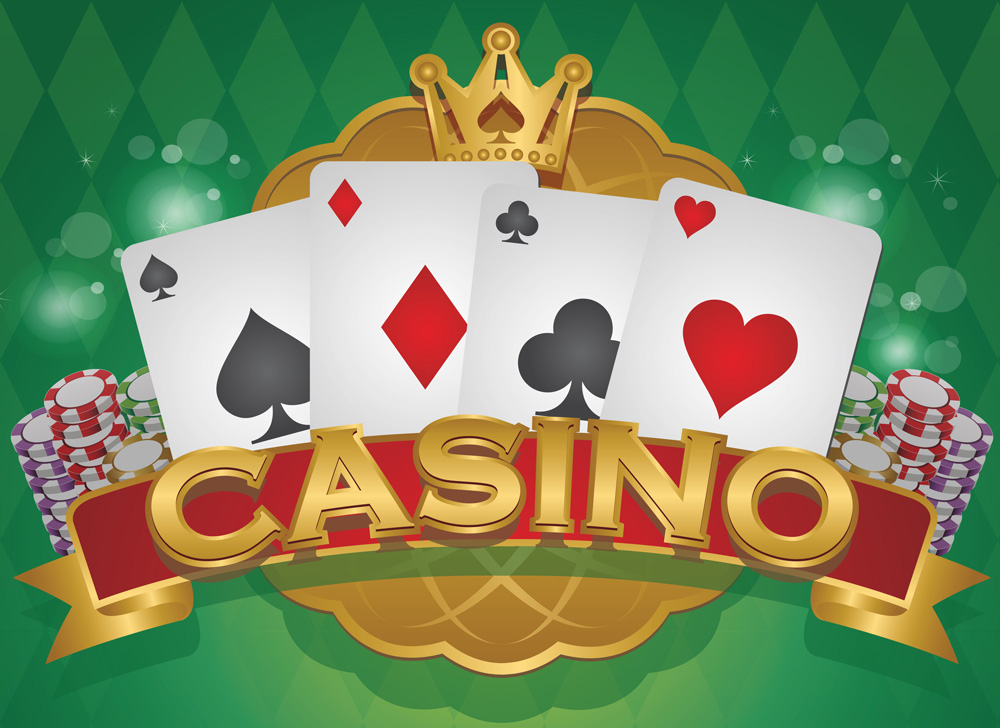Inside Look: How Casino Games Are Made

Behind the glittering illuminations and those enticing noises of rotating reels lies an vibrant world in which innovation meets numbers: the creation of casino games. As players converge to casinos seeking excitement plus the chance of striking it rich big, a huge amount of work takes form behind closed doors to create these games for their enjoyment. From the initial concept to the ultimate product that players interact with, many elements are brought together to ensure an captivating play experience.
Designers, engineers, plus game developers collaborate to combine cutting-edge technology with enthralling gameplay features. Each aspect, from graphics and sound effects to probabilities and returns, is carefully crafted to attract players and keep them engaged. Understanding this complex process of the way casino games are made reveals both the technical skills required but also the creative vision that transforms these engaging experiences to life.
Game Design Workflow
The design process starts with brainstorming and conceptualization, where creators develop concepts for innovative casino games. This initial phase typically involves identifying target audiences and understanding market trends. Designers consider elements such as game mechanics, themes, and payout structures to create an engaging experience. Collaboration between game designers, mathematicians, and artists is essential to ensure a balanced concept.
Once a design is selected, the next stage entails prototyping and testing. Designers create a functional version of the game to assess its playability and mechanics. This facilitates adjustments and refinements based on feedback from testers. Reiteration is key, as designers may navigate multiple rounds of evaluations to optimize gameplay balance and user experience. This stage is essential for identifying any possible issues before the game goes into production.
After testing, the game moves into development and production. This includes the technical aspects of coding the game software, integrating graphics, and ensuring compliance with gaming regulations. Quality assurance testing ensures that the game functions flawlessly across different platforms and devices. Once everything is refined, the game is prepared for launch, usually accompanied by marketing strategies to attract players and generate excitement around the latest casino game.
Technology and Development
The evolution of gambling games has evolved significantly with developments in technology. https://defensorseguros.com/ Modern game design often features premium graphics, engaging sound effects, and engaging animations that provide a thrilling experience for players. Game developers use sophisticated software tools and coding languages to develop these interactive gaming experiences. Additionally, the use of RNGs ensures equity and unpredictability in outcomes, which is essential for ensuring player trust and compliance with gaming regulations.
In the past few years, the surge of online casinos has expanded the limits of game development even further. Developers are now able to build games that cater to a worldwide audience, integrating features such as live dealers and VR environments. This transition has encouraged new ideas, leading to novel game mechanics and formats that enhance player engagement. Mobile gaming has also become a significant focus, encouraging developers to tailor games for smartphones and tablets, ensuring availability and ease of access for players on the go.
Collaboration among designers, artists, and mathematicians is crucial in the development process. Each team contributes their knowledge to ensure games are not only visually appealing but also statistically accurate and enjoyable. The integration of player feedback during testing phases allows developers to improve game features and functionalities, ultimately leading to a favorable launch. As technology continues to advance, the potential for innovative game concepts and experiences is limitless, promising an enticing future for casino games.
Evaluating and Quality Control
Once a gambling game has been designed, it transitions to the crucial phase of testing and quality assurance. This phase ensures that the game operates flawlessly and provides a fair experience for players. Teams conduct comprehensive tests, including operational checks to confirm that all game features work as planned. Each aspect, from graphics to sound effects, is reviewed to ensure quality benchmarks are met.
In addition to functionality testing, the game entails thorough compliance checks to meet compliance requirements. Different jurisdictions have specific rules governing game fairness and player protection. Quality assurance teams will verify that the random number generators are operating correctly and that the game’s payout percentages match with market standards. This meticulous examination helps build trust with players and authorities alike.
Finally, beta testing may be conducted with real players to collect insights on user experience. This critical insight allows developers to execute necessary adjustments before the official launch. Resolving any likely issues noted during this phase helps ensure that gamblers will enjoy a seamless, captivating experience when the game goes live. The commitment to excellence reflects the sector’s dedication to delivering pleasant and dependable casino games.